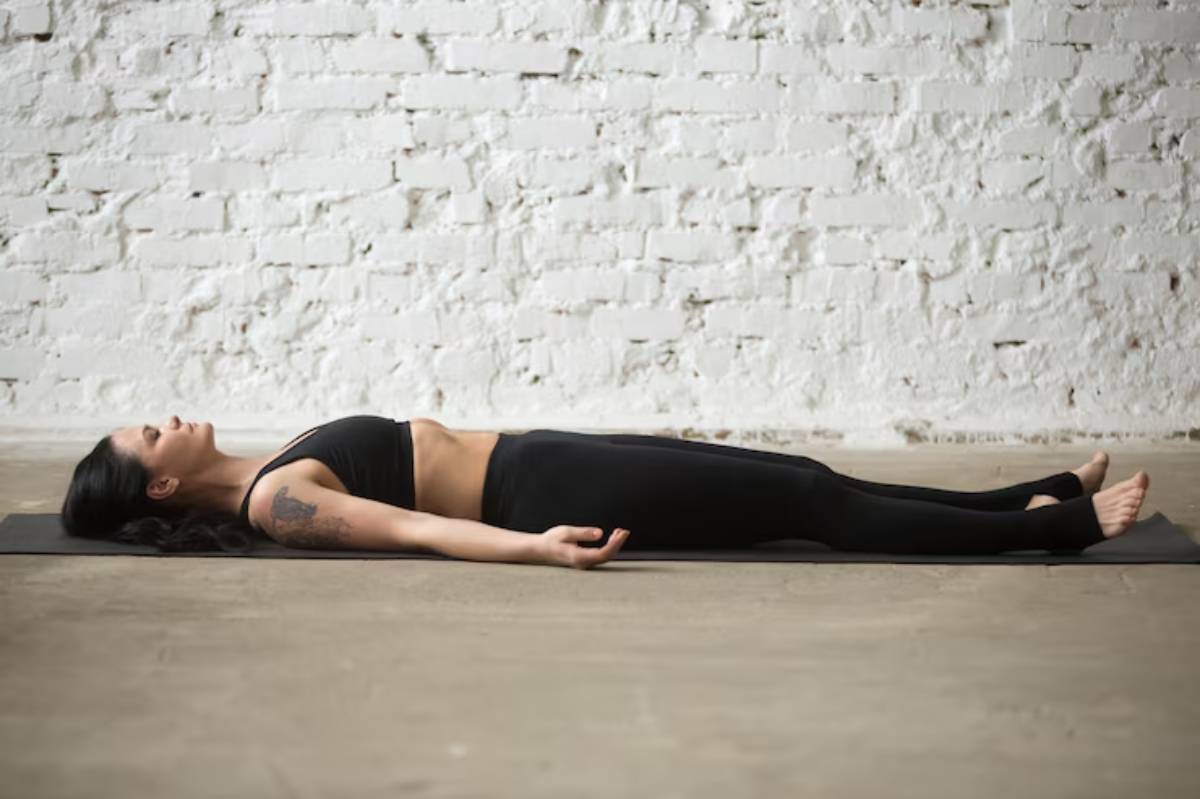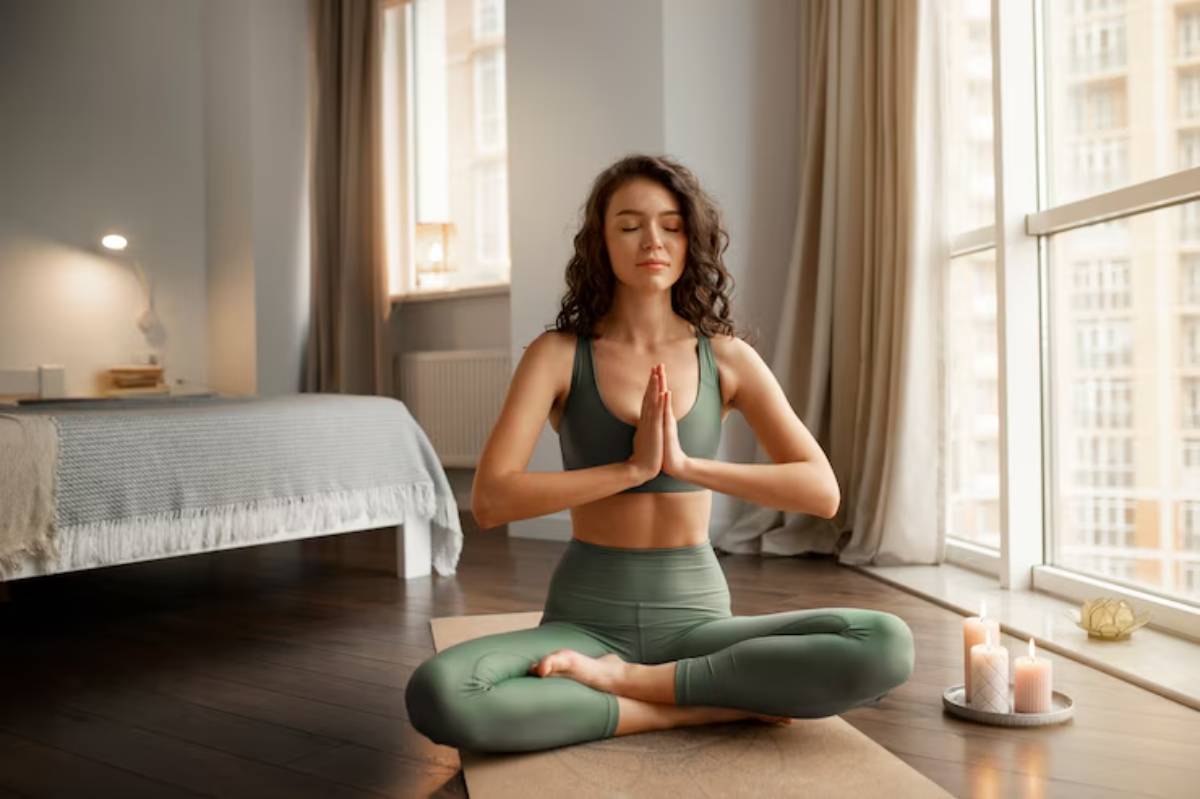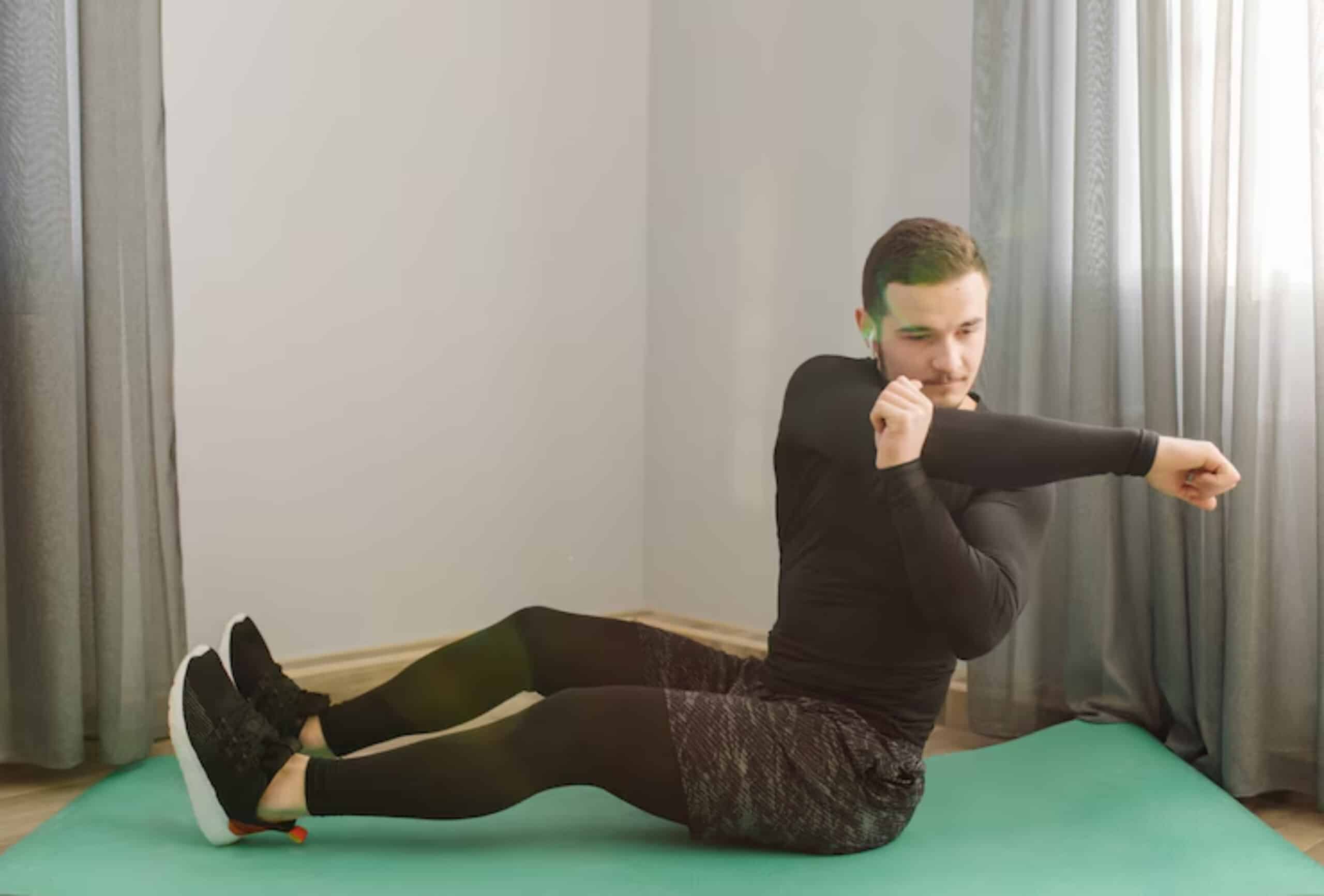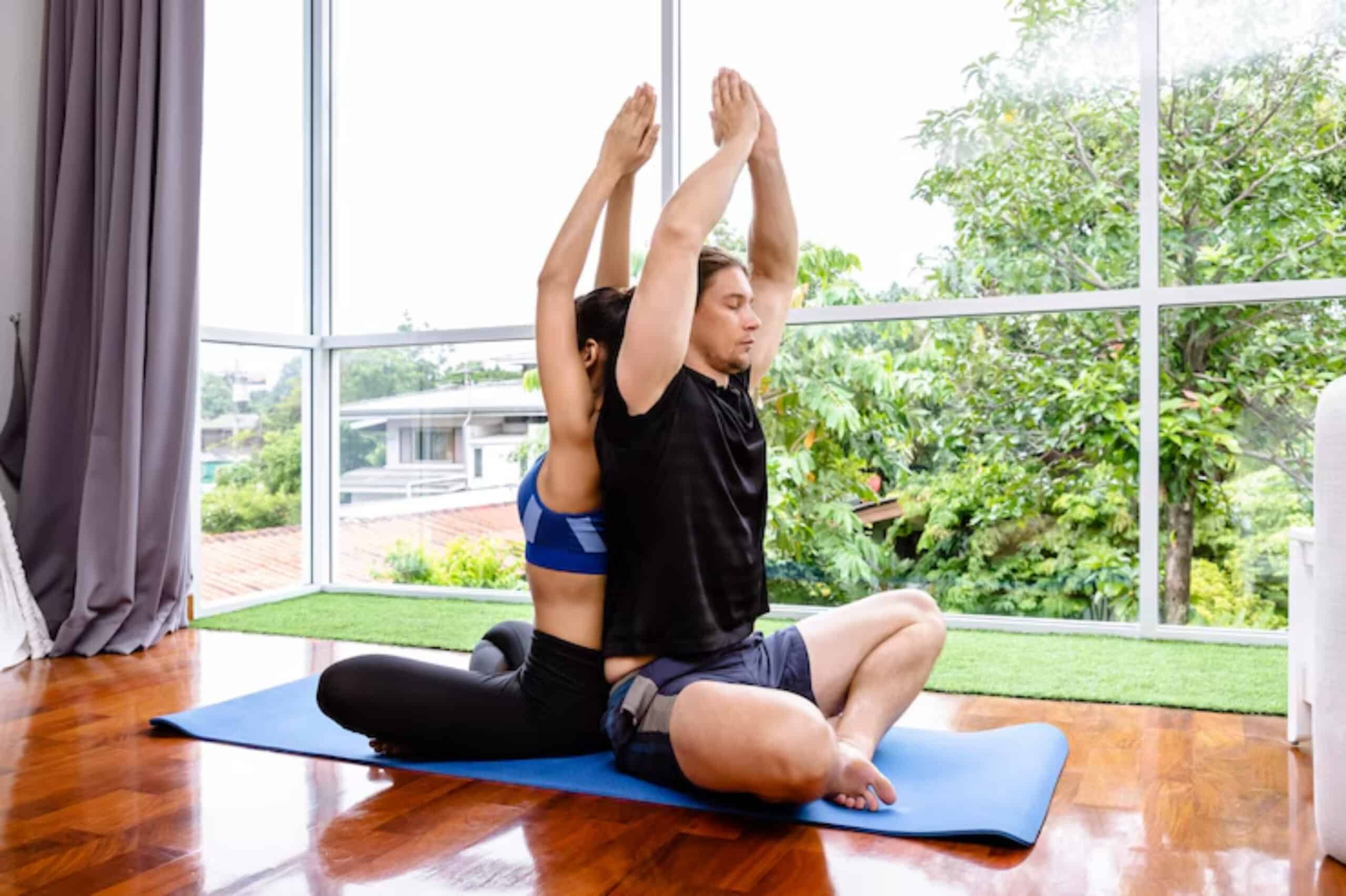
Isometric Holds in Yoga for Muscle Activation
In a world focused on quick, intense workouts, we often miss the strength of stillness. What if just holding a pose, even without moving, could boost your strength and body awareness? Welcome to the world of isometric yoga poses.
Isometric holds in yoga aren’t just about looking graceful on a mat. These practices are based on science. They activate deep muscle fibres. They also improve stability and build a strong base for lasting strength. Isometric yoga can enhance your routine. This is true for athletes, bodybuilders, and weekend warriors seeking functional gains.
In this guide, we’ll examine how isometric yoga holds help activate muscles. We’ll explain how they work, share practical steps, and give tips to boost your results. We’ll also show how this technique supports your training goals. It can help build endurance, recover from tough lifts, or prevent injury.
What Are Isometric Yoga Holds?
Understanding Isometric Contractions
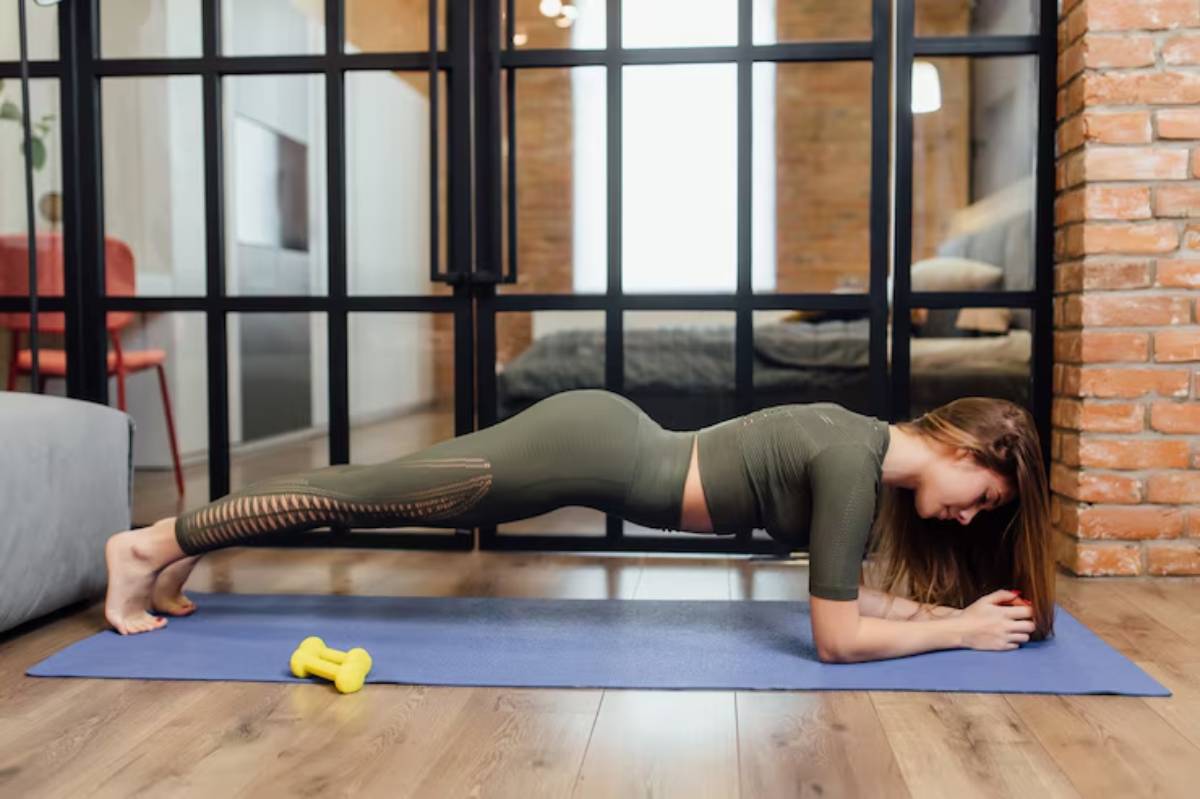
Isometric exercises involve muscle contraction without joint movement. This means you generate force and tension while keeping the muscle in a static position. Think of a plank, wall sit, or holding a Warrior II pose—your muscles are on fire, but you’re not moving.
How Yoga Incorporates Isometric Training
In yoga, many traditional poses already rely heavily on isometric holds. Postures like Chair Pose (Utkatasana) or Boat Pose (Navasana) require constant muscular engagement. These holds develop long-hold yoga strength, essential for building endurance and stability.
Unlike reps in strength training, isometric yoga focuses on:
- Sustained muscle activation
- Body awareness and control
- Mental discipline and breath synchronisation
These strong, subtle movements build functional strength. This strength helps in daily life and boosts athletic performance.
The Science Behind Yoga Muscle Activation
Muscle Fibre Engagement
Isometric yoga works well for activating Type I (slow-twitch) muscle fibres. These fibres help with endurance and posture. Type II (fast-twitch) fibres can also engage based on intensity. This is true, especially when holding deeper or more challenging poses.
Neuromuscular Coordination
Stability poses help enhance neuromuscular efficiency, the communication between your brain and muscles. Holding poses helps your body use stabilisers, synergists, and agonist muscles together.
Hormonal & Cellular Benefits
Isometric contractions can boost growth hormone levels, which helps with tissue repair and lean muscle gain. They also stimulate muscle protein synthesis, especially when muscles are under tension for 30 seconds or longer.
A study in the Journal of Strength and Conditioning Research shows that consistent isometric exercises can boost strength by up to 5% each week.
Top Isometric Yoga Poses for Strength and Activation
These poses are great for building strength in long holds. They also help you connect better with your muscle groups.
1. Plank Pose (Phalakasana)
Targets: Core, shoulders, chest, legs.
Tips: Engage your glutes and thighs. Keep your spine neutral. Breathe evenly.
2. Chair Pose (Utkatasana)
Targets: Quads, glutes, calves.
Tips: Shift weight back into your heels. Extend arms overhead. Keep knees aligned.
3. Boat Pose (Navasana)
Targets: Core, hip flexors
Tips: Keep the chest lifted, spine straight, and legs extended.
4. Warrior II (Virabhadrasana II)
Targets: Glutes, thighs, shoulders
Tips: Ensure front knee stays stacked over the ankle, and engage back leg fully.
5. Bridge Pose (Setu Bandhasana)
Targets: Glutes, hamstrings, lower back
Tips: Press feet into the mat, lift hips, and maintain even weight distribution.
Designing a Long-Hold Yoga Strength Sequence

Here’s a 20-minute flow that combines isometric holds with a full-body activation routine.
Warm-Up (5 minutes)
- Cat-Cow (1 min)
- Downward Dog (1 min)
- Standing Forward Fold (1 min)
- Low Lunge Hold (both sides, 1 min)
Main Flow (12 minutes)
- Plank Pose (1 min hold)
- Chair Pose (1 min hold)
- Warrior II (1 min per side)
- Boat Pose (45 sec hold, rest 15 sec, repeat once)
- Bridge Pose (1 min hold)
Cool Down (3 minutes)
- Supine Twist (1 min per side)
- Reclined Pigeon Stretch (1 min)
This quick, strong sequence boosts muscle strength and endurance. It also helps with control and flexibility.
For more core-specific sequences, check out Plank-Based Yoga Sequences for Core Power.
Common Mistakes to Avoid During Isometric Yoga
Holding Your Breath
Breath control is critical. Holding your breath can increase blood pressure and cause tension. Practice Ujjayi breathing or simply count slow inhales and exhales.
Compromising Alignment
Long holds can cause fatigue, leading to poor form. Choose quality over quantity. A perfect 30-second hold is better than a sloppy 60-second one.
Overtraining
Though isometric yoga seems gentle, it still strains muscles. Allow rest between sessions or alternate muscle groups across your yoga days.
Tips for Progressing Your Isometric Practice
- Increase hold time gradually (start at 30 seconds, aim for 1–2 minutes)
- Layer intensity by adding resistance bands or blocks
- Engage more muscle groups by modifying poses (e.g., lifting one leg in the plank)
- Use mirrors or videos to monitor your alignment
- Record your practice to track duration and progress
Listen to your body. This can change your yoga from simple stretching to a powerful strength-building practice.
Testimonials & Real-World Experiences
“Adding isometric yoga to my routine helped my deadlift lockout improve a lot.” Holding Boat Pose taught me how to fire my core more effectively.” – Jamie, 34, amateur powerlifter
“I’ve always practised vinyasa. But slowing down and holding poses helped me truly appreciate muscle engagement.” My balance and endurance are better than ever.” – Priya, 27, yoga instructor
Real-Life Benefits: How Isometric Yoga Translates Off the Mat
1. Injury Prevention
Holding poses helps keep joints stable and muscles balanced. This reduces the chance of injury from uneven movement or overtraining.
2. Improved Posture
These hold focus on aligning and activating postural muscles. Over time, you’ll improve your sitting and standing posture naturally.
3. Enhanced Performance in Strength Sports
Bodybuilders and weightlifters often experience tighter muscles and limited mobility. Integrating isometric yoga holds into rest days or warm-ups can:
- Improve muscle activation before heavy lifts
- Release tension without losing power
- Aid recovery through gentle engagement
Looking for recovery tips? Visit Yoga for Muscle Recovery After Lifting Weights.
Conclusion: Embrace the Power of Stillness
Strength isn’t always about how much you can lift or how fast you move. Sometimes, it’s about how still you can stay. Isometric yoga holds are a great way to activate muscles. They help you build control and strengthen your mind-body connection.
Long-hold yoga strength can boost your fitness and mental focus. It’s great for both experienced yogis and gym-goers who want to improve their routine. The key lies in commitment, breath, and mindful execution.
So next time you’re on the mat, dare to hold. Let stillness sculpt your strength.
